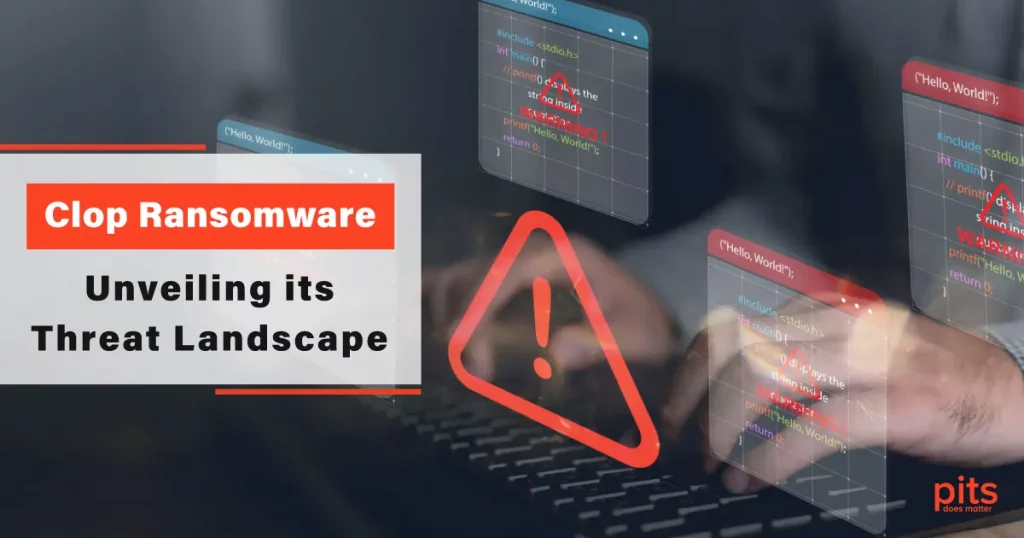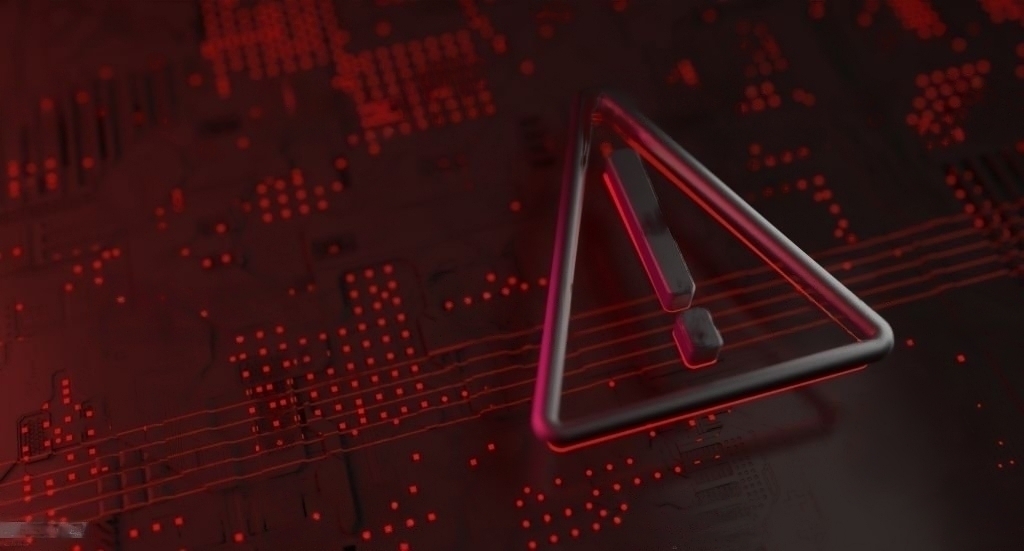Cybersecurity has become a paramount concern for individuals and organizations in today’s rapidly evolving digital landscape. The relentless advancements in technology have given rise to sophisticated cyber threats, one of which is the Clop ransomware.
This blog delves into the intricate details of Clop ransomware, exploring its functionalities, prevention strategies, and recovery solutions.
What is Clop Ransomware?
Clop ransomware is a highly sophisticated strain of malicious software designed to infiltrate computer systems, encrypt crucial files, and demand a ransom in exchange for the decryption key.
It first emerged in the cyber threat landscape around 2019 and quickly gained fame due to its effective techniques and high-profile victims. Clop attacks typically target businesses, government institutions, and organizations with a significant online presence, seeking to maximize their financial gains.
Clop Ransomware: How It Works
Clop ransomware operates through a series of steps that combine social engineering, encryption, and extortion tactics:
1. Initial Compromise
Cybercriminals often use phishing emails or malicious attachments to infiltrate the target system. Once a user unknowingly interacts with the malicious content, the ransomware gains a foothold within the system.

2. Network Exploration
After gaining access, Cl0p ransomware probes the compromised network to identify valuable data and sensitive files. This reconnaissance phase enables the attackers to maximize the impact of their attack.
3. File Encryption
Once the cybercriminals have identified valuable data, Clop initiates the encryption process. This renders the files inaccessible to the victim, who receives a ransom note explaining the terms and payment methods for decryption.
4. Ransom Note
The ransom note is often prominently displayed, informing the victim that their files are encrypted and providing instructions on making the ransom payment. Clop ransomware operators typically demand ransom in cryptocurrencies like Bitcoin to minimize traceability.
5. Data Exfiltration
In a double extortion tactic, the attackers may exfiltrate sensitive data before encrypting it. They threaten to release this data publicly if the victim refuses to pay the ransom, adding extra pressure.
How to Prevent Clop Ransomware
Preventing Clop ransomware attacks requires a multi-faceted approach that focuses on both technical and human factors:
Employee Training
Educate employees about phishing tactics and social engineering to reduce the likelihood of inadvertently clicking on malicious links or downloading infected attachments.
Email Filtering
Implement robust email filtering solutions to block phishing emails and suspicious attachments from reaching users’ inboxes.

Regular Software Updates
Keep all operating systems and software up to date with the latest security patches to minimize vulnerabilities that attackers could exploit.
Network Segmentation
Segmenting your network can help contain the spread of ransomware in case of an infection, limiting the attacker’s lateral movement.
Backup and Recovery
Regularly back up critical data and ensure data backups are stored offline and off-site. This ensures that you have a clean copy for recovery, even if data is encrypted.
Data Recovery after Clop Ransomware with PITS Global
While prevention is crucial, organizations must also prepare for the worst-case scenario. The aftermath of a successful ransomware attack can be devastating, leaving organizations without access to critical data. This is where data recovery services like PITS come into play.
Our data recovery company specializes in assisting organizations after ransomware attacks. With a team of expert professionals and state-of-the-art technology, we aim to help organizations recover their encrypted data and get back on their feet.

If you’re facing a data loss situation, don’t hesitate to contact us. Our 24/7 data recovery services are available to you, 365 days a year. Let us help you recover your precious data today.

We start the recovery process with a risk-free evaluation. Our technicians estimate reasons for data loss and the level of damage. Based on it, we select the most suitable recovery strategy.

With years in the data recovery industry, our company supports the highest customer satisfaction rate. We do everything to provide a positive experience for our clients.

During our remote customer file verification session, you will thoroughly review all necessary documents and records to ensure accuracy and compliance.

We offer data recovery services from over 50 locations across the US. This means that no matter where you are located, you can access our services to recover the data.

With our certified data recovery services and 99% success rate, we are confident that we can recover your precious data and get you back up and running in no time.
Clop ransomware is a formidable threat that can cause significant damage to individuals and organizations. Prevention remains the best strategy, but a solid recovery plan is equally important.
PITS Global Data Recovery Services offers a lifeline for organizations grappling with the aftermath of a Clop ransomware attack. By staying vigilant, implementing best practices, and partnering with reliable recovery services, individuals and organizations can stand strong against the evolving landscape of cyber threats.
More of Our Ransomware-Related Blogs
Frequently Asked Questions
What is Clop ransomware, and how does Clop ransomware work?
Clop ransomware is malicious software that encrypts files on your computer and demands a ransom for their release. It typically enters through phishing emails and then encrypts files before demanding payment for decryption.
Who are the primary targets of Clop ransomware attacks?
Clop ransomware primarily targets businesses, government institutions, and organizations with significant online presence due to the potential for higher financial gains.
How can I prevent a Clop ransomware attack?
To prevent Clop ransomware, educate employees about phishing tactics, use email filters, keep software updated, implement network segmentation, and regularly back up critical data offline.
What should I do if I suspect a Clop ransomware attack?
If you suspect a Clop ransomware attack, disconnect from the network, isolate affected systems, and contact cybersecurity experts like PITS for immediate assistance. Do not communicate with the attackers.



